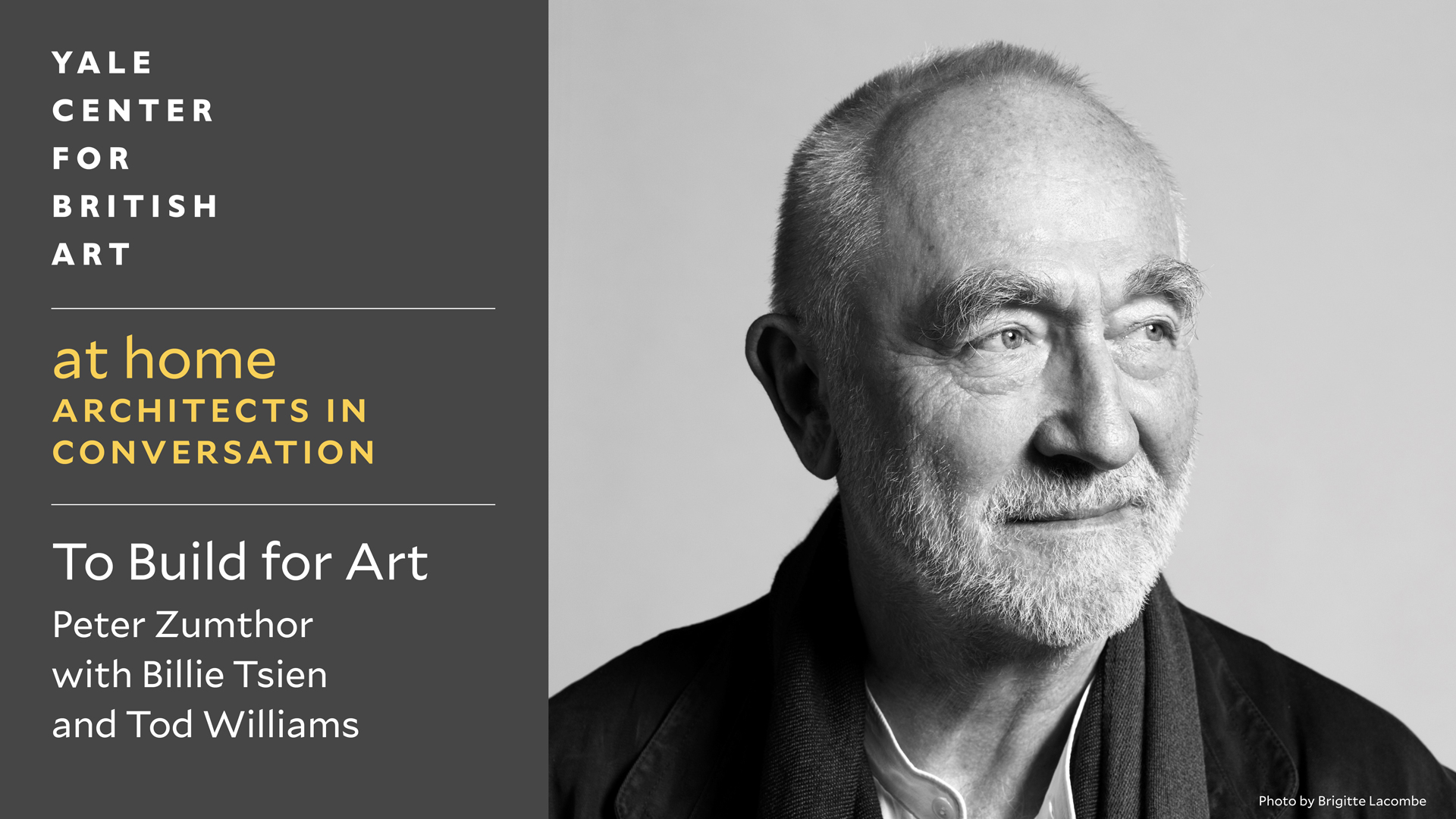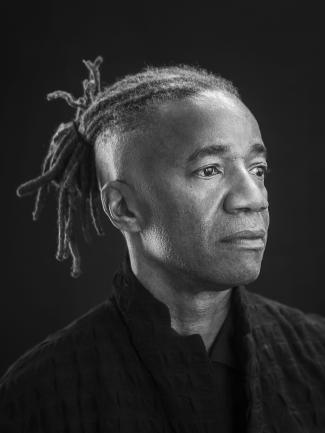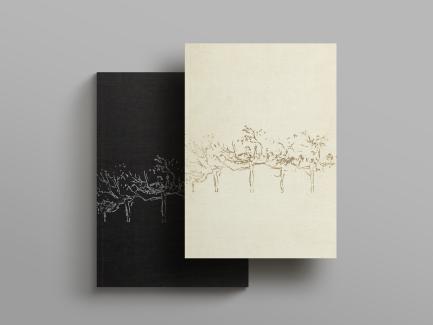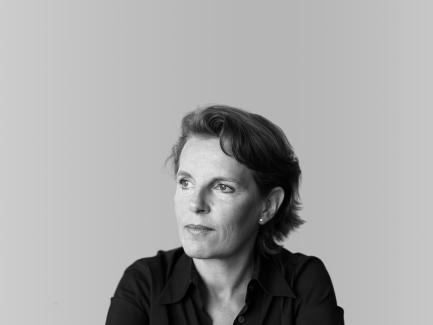Architects in Conversation: To Build for Art | Peter Zumthor
Conversation
October 27, 2022
Peter Zumthor in conversation with Billie Tsien and Tod Williams.
About Peter Zumthor
Born in 1943 in Basel, Switzerland, Zumthor works with around three dozen people in the alpine setting of Haldenstein, Switzerland, producing architecture originals like Kunsthaus Bregenz, Bregenz, Austria; Therme Vals, Vals, Switzerland; Kolumba Museum, Cologne, Germany; and the Steilneset Memorial, Vardo, Norway. In 1963, he began studies at the Kunstgewerbeschule, an arts and crafts school in Basel, and studied industrial design and architecture as an exchange student at Pratt Institute in New York in 1966.
Zumthor founded Atelier Peter Zumthor in 1979. His work is largely unpublished because he believes that architecture must be experienced first-hand. He is the recipient of numerous awards including the European Union Prize for Contemporary Architecture—Mies van der Rohe Award (1999); the Praemium Imperiale (2008); and the Pritzker Architecture Prize (2009). In 2012, he was awarded the RIBA Royal Gold Medal. He is currently designing the David Geffen Galleries at the Los Angeles County Museum of Art, Los Angeles.
About Billie Tsien and Tod Williams
Tod Williams Billie Tsien Architects | Partners was founded in 1986 in New York City. Williams and Tsien began working together in 1977. Their firm focuses on institutions such as museums, schools, and nonprofit organizations, including the following recent projects: the Obama Presidential Center, Chicago; Barnes Foundation, Philadelphia; Phoenix Art Museum, Phoenix; American Folk Art Museum, New York; and the Hood Museum, Dartmouth College, Hanover, New Hampshire.
This program is presented through the generosity of the Terry F. Green 1969 Fund for British Art and Culture.
Architects in Conversation: To Build for Art
Louis I. Kahn (1901–1974) is widely recognized as one of the most influential architects of the twentieth century. During his distinguished career, Kahn designed three museums: the Yale University Art Gallery (1953), his first significant commission; the Kimbell Art Museum in Fort Worth, Texas (1972); and the Yale Center for British Art, his final building, which was completed after his death and opened to the public in 1977. Notable for his basic geometric forms, muted palettes of natural materials, and galleries filled with diffuse daylight, Kahn created simple yet elegant environments for viewing works of art. His distinctive modernist style, as well as his singular architectural philosophy of how interior space is defined by the interplay of structure and light, continues to influence how architects approach museum design.
Join us for lively and inspiring discussions with architects who, like Kahn, have designed spaces intended for the display of art. This series explores the multifaceted role of museum design in the context of contemporary concerns, with speakers considering the aesthetic, practical, historical, and ethical implications of how architecture influences the way we experience art.



